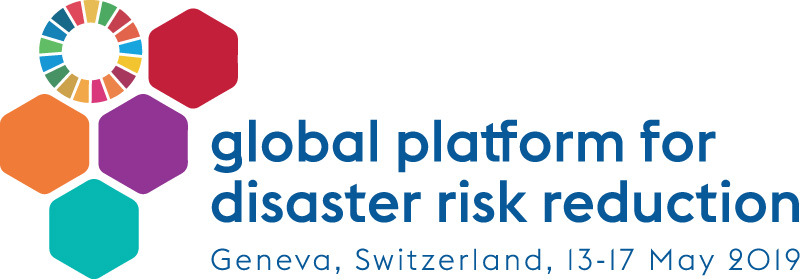Making Cities Resilient- a local example of systematic work to reduce flood hazards and a live simulation with “Block city”
View map
- Organizer(s)
- City of Gothenburg - Sustainable Waste and Water
- Contact
- Dick Ola Karlsson (dick.karlsson@kretsloppochvatten.goteborg.se)
Making Cities Resilient- a local example of systematic work to reduce climate hazards UNISDR’s Making Cities Resilient- campaign started 2009. Mami Mizutori, UN’s – general secretariat’s special representative for disaster risk reduction (SRSG), will focus on Making Cities Resilient this year. Twelve Swedish cities participate national and international in the campaign and have developed a national network to share experience. Since Sweden have been active in the campaign for a long time, it is positive to show an example of prevention on local level.
The City of Gothenburg will present how cities can work systematically to reduce climate risks. Gothenburg’s climate adaptation concept involve several steps: mapping of flood risks in GIS-environment, cost-benefit analysis, structural plan, selection of measures and communication to the public. Gothenburg will also show how they support risk consideration of flooding in city planning.
“Block city – Klossköping”: Block city is a model in Lego that Swedish Civil Contingencies Agency, MSB has developed. The model visualise flood risks and disaster risk reduction, live, in a city in an innovative, interactive and pedagogical way and also show the complexity of protecting critical infrastructure in city planning something that society needs to have preparedness for. The model is very hands-on and attract and activates the persons that sees the model and engage them to protect the critical infrastructure in the city with Lego-blocks against the water that floods it.
The model have been used in educations, workshops and seminars to raise awareness of flooding for decision makers, county administration boards, municipalities, teachers, students and other actors.
This application involve three of the innovation platforms themes: Education and public awareness, risk assessments, risk modelling & data management and cities and local communities. Innovation objectives 3 and 5 is also applicable (3. Foster the application of new knowledge and approaches in DRR, with the emphasis on the development and use of more effective products, processes, services, technologies, and business models, 5. Identify new ways to develop cost-effective DRR interventions).
